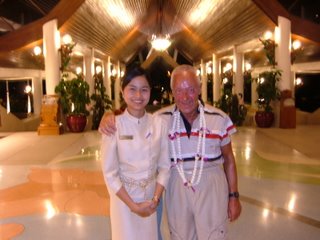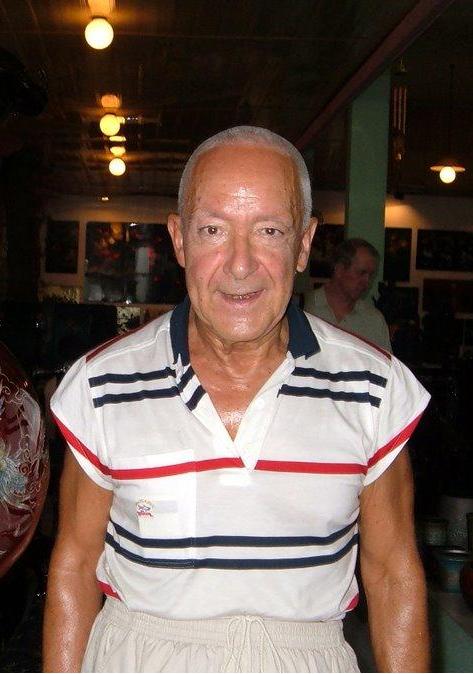CRUZEIRO NO MAIOR NAVIO DO MUNDO
Já fizemos dois cruzeiros nas Caraíbas, mas resolvemos fazer um terceiro cruzeiro nessa zona do globo que tem ilhas paradisíacas e belas praias selvagens rodeadas de coqueiros e de palmeiras. Mas desta vez o motivo principal foi o navio em que viajámos. É que viajámos no maior navio do mundo, maior que o Titanic ou o Queen Mary, o Oasis of the Seas. É um navio moderníssimo, muito recente, pois foi construído em 2003 e foi lançado ao mar em 2008. A nossa primeira opção até foi fazer um cruzeiro nos Emiratos Árabes Unidos, com partida do Dubai. Mas a possibilidade de viajar no Oasis of the Seas entusiasmou-nos tanto que optámos por um cruzeiro nas Caraíbas no maior navio do mundo. A nossa agência de viagens, a Berrelhas Turismo, de Viseu, conseguiu arranjar-nos uma promoção numa cabine interior. Mas convém esclarecer que a cabine era uma cabine ampla e luxuosa. E convém esclarecer também que o preço foi muito superior aos preços que tínhamos pago nos cruzeiros da Pullmantur. É que um cruzeiro no Oasis of the Seas é realmente um cruzeiro de ricos. Havia no navio pessoas que optaram por suites e que pagaram só pelo cruzeiro, independentemente da parte aérea, cerca de 4000 euros.A companhia proprietária do Oasis of the Seas é a Royal Caribbean, uma companhia americana que é a maior do mundo. A nossa viagem foi das primeiras do Oasis of the Seas, pois o navio fez a sua viagem inaugural em Dezembro de 2009. O navio estava num porto perto de Miami. Tivemos portanto que voar previamente de Madrid para Miami. E como não conhecíamos esta importante cidade dos Estados Unidos, aproveitámos para conhecer Miami e também para conhecer o Everglades National Park, que é um dos mais importantes parques naturais do mundo. E desde já sublinhamos que foi só no Parque Everglades que nos apercebemos da natureza pantanosa do Estado da Florida. A grande atracção do parque é o alligator, uma espécie de jacaré muito rara, que aparece no meio das ervas altas e afiadas (glades) que dão o nome ao parque. Quanto a Miami, Miami, com os seus rios, os seus canais e o seu mar, é para mós a Veneza da América do Norte. Aliás, Miami é um nome índio que significa muita água.Mas a parte mais importante desta viagem foi o cruzeiro no navio Oasis of the Seas. No dia aprazado para a partida, deixámos Miami e dirigimo-nos ao porto de Fort Lauderdale, onde estava o Oasis of the Seas. E a nossa primeira impressão ao ver o navio foi de grande espanto, pois o Oasis of the Seas mais parecia um arranha-céus. O navio tem 16 andares e o seu comprimento é de 360 metros. O navio é tão grande que demorámos mais de uma hora para chegar à nossa cabine. Os três primeiros dias que passámos no navio foram de navegação. Aliás, o Oasis of the Seas só atracou em três ilhas, Saint Thomas, Saint Maarten e Bahamas, pois poucas ilhas das Caraíbas têm portos suficientemente grandes para poderem receber tal navio. E nós aproveitámos os três primeiros dias de navegação para conhecer o navio.E assim, no segundo dia passámos toda a manhã no Royal Promenade, no 5º deck, que é uma autêntica rua no interior do navio, mas uma rua deslumbrante, cheia de bares, de cafés, de restaurantes, de esplanadas e de lojas luxuosas. Nessa rua, que é um autêntico passeio de reis, os reis, no critério da Royal Caribbean, são os passageiros. E a verdade é que neste barco de luxo os passageiros têm tratamento de reis. No segundo dia passámos toda a manhã no Central Park, no 8º deck, que é um frondoso parque tropical a céu aberto. Tem árvores, tem arbustos, tem vegetação, tem tudo para ser um parque. E ao cair da tarde até se ouve o canto das aves, supomos que através de uma gravação. A área das piscinas, dos jacuzzis e do solário situa-se no 15º deck. No 16º deck está o restaurante com serviço de buffet. E para abrir o apetite, neste deck também podemos fazer surf num simulador de ondas. No Boardwalk, situado no 6º deck, podemos andar no primeiro carrossel instalado num navio. O Oasis of the Sea tem também um bar, o Rising Tide Bar, que se movimenta para cima e para baixo do 5º para o 8º deck e vice-versa. Os leitores podem ver fotos deste bar, bem como de outros espaços do navio e também de Miami e do Parque Everglades, no nosso blogue de viagens pelo mundo. O navio tem ainda um enorme casino, o Casino Royal, e quatro grandes teatros, o Aqua Theater, o Studio B, o Comedy Live e o Opal Theater. Os espectáculos a que assistimos foram todos de grande nível.Viajaram neste cruzeiro 6000 passageiros, metade dos quais eram norte-americanos. O que é curioso é que iam no barco 90 portugueses e apenas 60 espanhóis. E iam 190 brasileiros. Ouvia-se muito a língua portuguesa em todos os sítios do navio. Todos os passageiros com quem contactámos foram muito simpáticos para connosco, inclusivamente uma senhora da alta sociedade de Boston, a mais fechada de todas as altas sociedades do mundo. Conhecemos essa senhora no parque tropical do navio e essa senhora logo se dispôs a tirar-nos algumas fotografias. Depois sentámo-nos num banco do parque e conversámos durante mais de meia hora. A senhora de Boston falava com uma certa afectação, mas foi sempre tão simpática para connosco que esses momentos que passámos com a senhora de Boston no Central Park foram dos momentos mais felizes da nossa vida. Mas tanto no Central Park, como no Royal Promenade, como noutros lugares do Oasis of the Seas, passámos momentos absolutamente inolvidáveis. Enfim, foi uma viagem de sonho no maior navio do mundo.
















































































